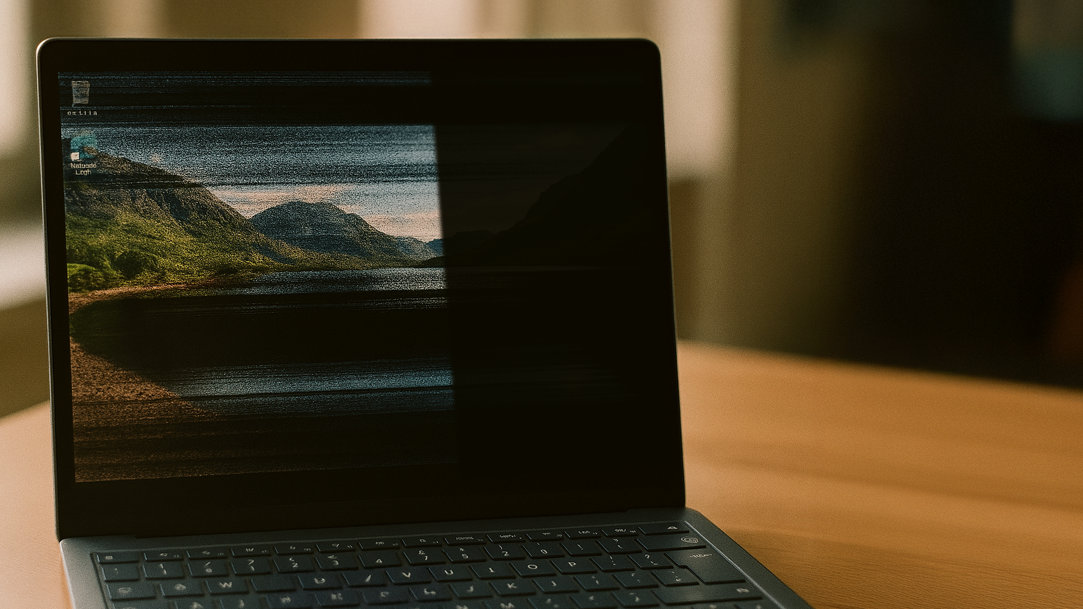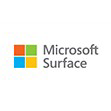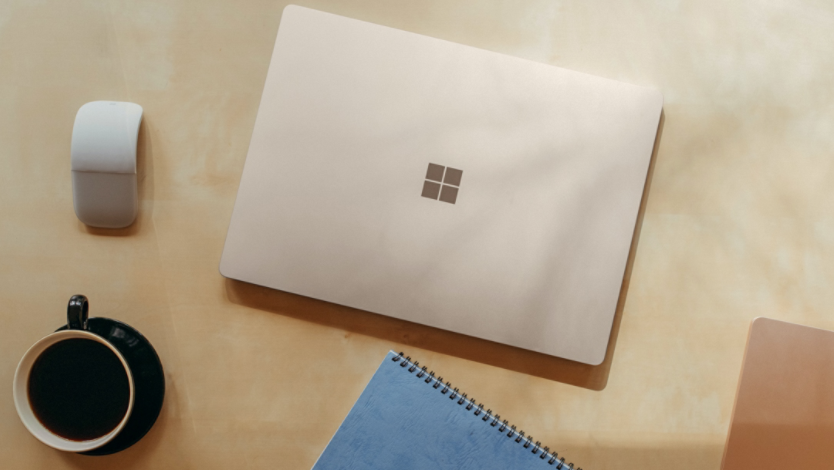
March 19, 2024
How to fix a flickering laptop screen
Picture this: you open your Windows 11 laptop to binge-watch your current favorite show, only to be met with a flickering screen. If you’re having this kind of experience and asking yourself, “Why is my laptop screen flickering?”, we have answers for you. A flickering laptop screen can be incredibly disruptive to your regular laptop use, but in some instances, this issue can be easily resolved on your own. Here are several ways to fix a flickering laptop screen.
Why is my screen flickering?
So, what is screen flickering? As you may already know, laptop screen flickering is the rapid and irregular flashing or blinking of your computer’s display. But before you attempt to troubleshoot your laptop for screen flickering, you should discern if your laptop is legitimately flickering.
Your laptop may automatically adjust its brightness when moving from a dark to a bright environment, and this can be confused with screen flickering. Switching between different backgrounds on your computer and minor glitches during system updates and app launches may also be mistaken for laptop flickering. You’ll know when your laptop is flickering if there are unsteady flashes, visual disruptions, and irregular changes to brightness.

Credit: Image created with AI
Common causes of laptop flickering
Several things can cause your laptop screen to flicker. Some of the most common culprits include:
- Display driver issues. One of the most common causes of laptop flickering is outdated or incompatible display drivers. This frequently occurs in older laptops.
- Incompatible apps. Some apps on your computer may be incompatible with your display settings, leading to laptop flickering.
- Interference from external devices. In some instances, accessories connected to your device can cause interference that may lead to screen flickering. Try disconnecting any accessories you think might be causing the problem.
- Power supply issues. A faulty battery or power adapter can result in an inadequate or inconsistent supply of power, leading to a flickering laptop screen. For these, you might try a new power adapter or schedule professional service to assess your battery and power adapter input.
- Hardware troubles. Certain issues with your laptop's hardware, like the graphics card or the display itself, may be to blame. Like power supply issues, an issue with your laptop’s hardware may warrant professional diagnosis and repair.
Steps to troubleshooting your laptop screen
While some issues like hardware and battery troubles often require service, out-of-date drivers and incompatible apps can be easily solved on your own. Here’s how.
1. Check task manager for flickering
The best way to determine if your laptop flickering is app-related or driver-related is by checking whether Task Manager is also flickering. Open Task Manager by selecting Ctrl+Shift+Esc or Ctrl+Alt+Del, or you can find it using the search box.
Once you’re in, observe to see if the Task Manager window itself flickers. If it does, you most likely have a problem with your display driver (see step two).
If Task Manager doesn’t flicker, the culprit could be an incompatible app (see step three).
2. Update your display driver
A flickering Task Manager screen is often a key indicator of a problem with your display driver. If this is the case, try updating your display driver via the following steps:
- Open Device Manager, which you can find via your search box.
- Expand Display adapters by selecting the arrow.
- Below Display adapters, right-click the listed adapter.
- A window should open. Select the tab titled Driver.
- Select Update driver.
3. Locate and uninstall any problematic apps
If you think an incompatible app is the cause of your screen flickering, begin by checking for app updates in the Microsoft App Store. For apps that did not come from the Microsoft Store, check the manufacturer’s site.
For apps you suspect may be incompatible with Windows 11, try uninstalling the apps by taking the following actions:
- Select Start > Settings > Apps > Installed apps.
- Scroll down the list to locate the app you want to uninstall.
- Select the app you want to install, then choose Uninstall.
- If prompted to confirm your choice, select Yes.
Once you’ve uninstalled the app you suspect is incompatible, restart your device. After that, reevaluate your screen flickering. If your screen continues to flicker, repeat the above steps one by one for each app until you can solve the issue.
4. Get professional service
Tried all the above methods, but still can’t get your laptop screen to stop flickering? Consult with Microsoft Support or a trained professional who can diagnose and resolve your screen troubles.
Upgrade your view with a Surface Laptop
If you find yourself constantly troubleshooting your old laptop for screen issues, maybe it’s time to take the leap and try out a new reliable device like Surface Laptop 5 or Surface Pro 9. With a Surface laptop, you can experience your favorite shows with stunning graphics and visual quality. Let us help you choose from the great selection of Surface laptops to find the one that best suits your needs.
Products featured in this article

Surface Laptop 5

Surface Pro 9

Windows 11
More articles

How to update drivers on your Surface device

How to change your Surface device password

